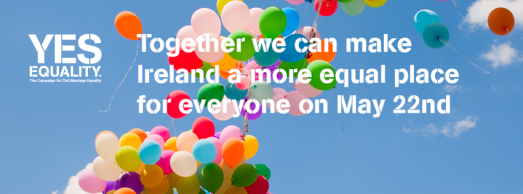
In Ireland on the 22nd May the Marriage Equality Act (2015) was approved in a referendum by a comprehensive majority of 62% of voters. This was the first time in history that a nation legalised same-sex marriage by way of a popular vote.
Such a unanimous democratic victory was perhaps surprising for a country with an ageing majoritarian Catholic demographic that exhibits traditional values with regards to marriage and sexuality. In order to overcome this barrier and effect such prodigious social change the Yes Equality Campaign selectively, and successfully, incorporated elements from several theories of change. Thus, I have identified three that proved pivotal in guiding and facilitating the campaign’s strategy. They can be viewed in the table below:

This table not only provides a relatively basic depiction (there are numerous other strategies and outcomes that I have not mentioned) of the individual components of each ToC but also seeks to emphasise the effectiveness of the multidisciplinary approach, which when tailored and organised cohesively for a particular goal can bring about monumental social change.

Krznaric attests that ‘there are no generally applicable models for how social change happens. Every context has its own history and its own particularities.’ (2007. p.30) His argument proves especially pertinent here, where the context was one of relative uncertainty and unpredictability, the opposition to change was ardent and the campaign lacked a preliminary blueprint/ strategy for comparison or guidance. Thus, the Yes Equality Campaign’s reflexive multidisciplinary approach was paramount to its groundbreaking success.
References:
Krznaric, R. (2007). How Change Happens, Oxfam GB Report.
Stachowiak, S. (2013). Pathways for Change, Centre for Evaluation Innovation.
Word count: 464 (inc. table)

